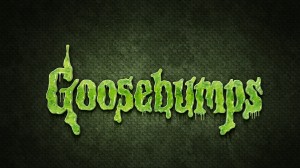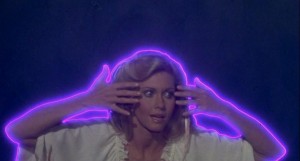Today hypertext media seems ubiquitous. I’m surrounded my interactive screens all vying to win my incredibly short attention span. However when I try to imagine a hypertext culture without an electronic medium, I struggle. So then I try and remember if I had any kind of hypertextual print when I was a kid, before I became submerged in my screens.
The first thing I settled on was Goosebumps. Now if you were like me and abused your primary school library, not for textbooks or non-fiction research, but rather for the Where’s Wally and the odd HP read when you could get your hands on one – you will definitely remember Goosebumps. They were an awesome series of short, easy to read horror stories and the ones that i read the most were the ‘Chose Your Own Story’ editions. These had an obscene amount of endings an plot twists, and the reader got to decide all of them. Once you finished a chapter you were presented with a series of scenarios; a) Go up the stair of the haunted house b) Check the back yard for your friend c) go back to your car, etc. These wouldn’t just affect the ending but the whole story, the characters you encountered, how your character developed. This was the first time I can remember a book not being restricted by sequence; in one book you would jump back and forwards in pages and the end could be in the middle of the book.
These editions of Goosebumps could be considered hypertextual in the way they are non-sequential. They branch off and allow choices to the reader.
I’ll end on a fun Goosebumps fact: Stine deliberately omitted any kind of drugs, depravity and violence in his books. There are also never any deaths in the stories.


